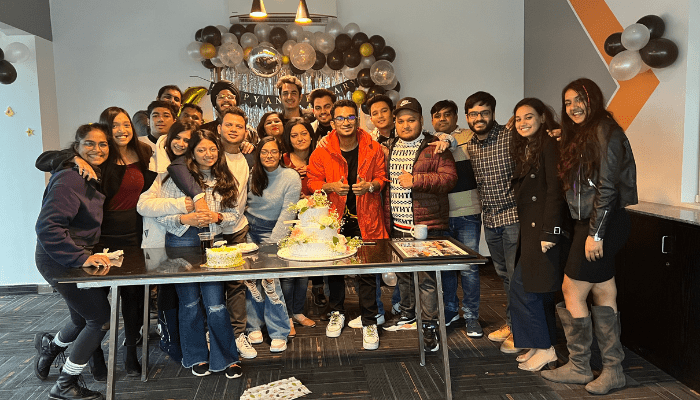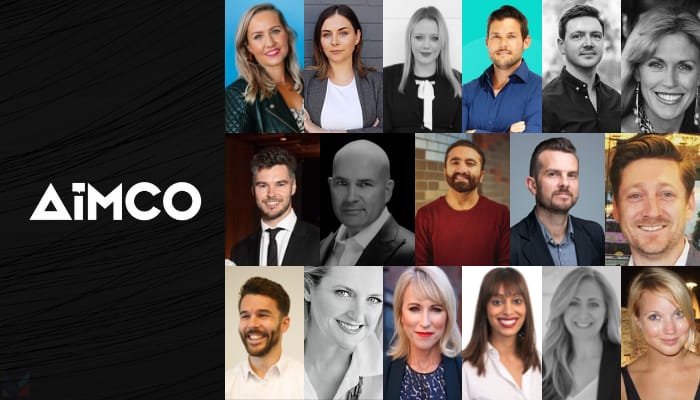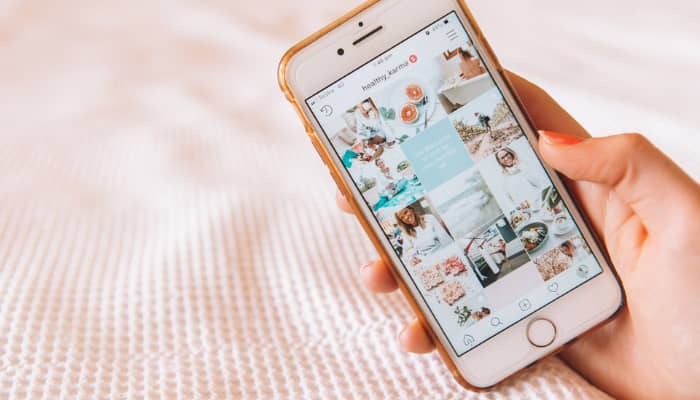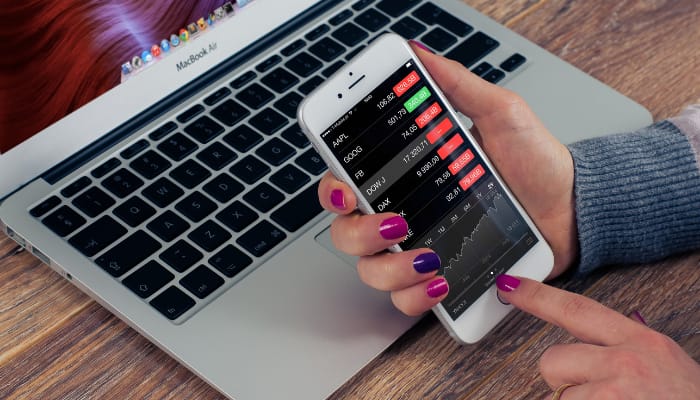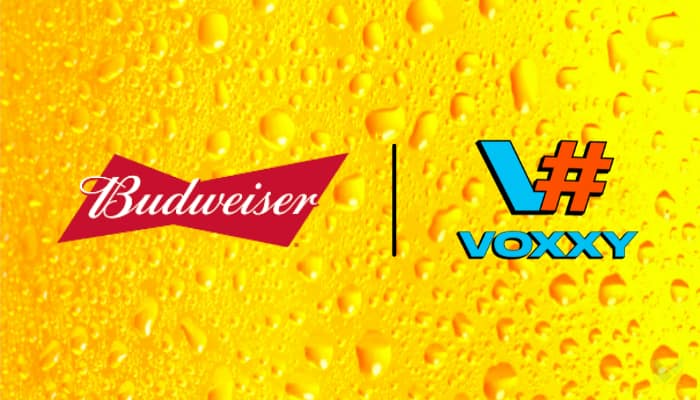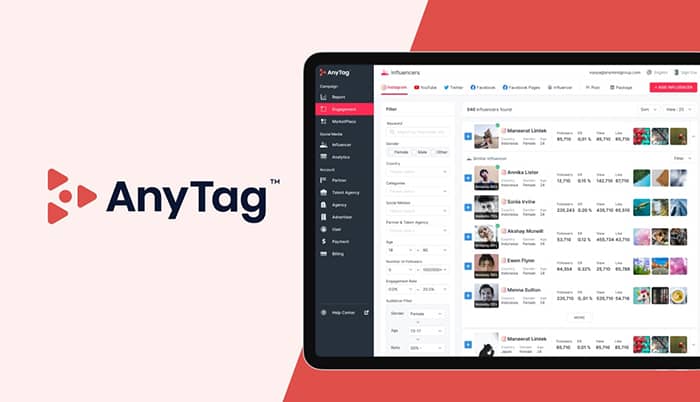The COVID-19 pandemic brought about many changes to what we know about digital marketing. Businesses have learned that they can operate virtually, and more and more consumers turn to the internet for almost everything they need. Pandemic restrictions propelled the growth of e-commerce exponentially while further cementing the value that content creators and influencers bring to every brand’s marketing mix.
Influencer marketing has been around for decades, but it has not been until recently when the market more than doubled, reaching USD 13.8 Billion in market size as of 2021, compared to just USD 6.5 Billion in 2019, according to a Statista study. It is predicted that the global influencer marketing industry will grow increasingly faster with the technological developments and the rise of different social networks and platforms.
But before we go even further, for starters, let’s define influencer marketing.
Influencer marketing involves working with people of influence — bloggers, social media influencers, celebrities, thought leaders, charismatic people — in strategically communicating the value proposition of a product or brand. Such promotions are usually sponsored or paid-for endorsements, where social media is the main advertising channel.
Influencers are typically tiered according to their number of followers, where perceived value is attributable to a bigger audience base and compensation is almost always directly correlated to reach.
As we usher in 2022, it is predictable that more brands will jump into the influencer marketing bandwagon, working with content creators and influencers to remain relevant to their audiences. Executive buy-in is not anymore a problem for most marketing teams given the general acceptance of influencer marketing as an important part of the digital marketing pie. Marketing budgets will be appropriated for influencer marketing campaigns, which will then give rise to the demand for influencer agencies, influencer marketing platforms, and influencer managers.
As the influencer marketing industry gains further traction, marketers must prepare for what will most likely lie ahead for the rest of the year. Here are five (5) forces that will drive the influencer marketing industry in 2022 and in the next few years.
- Micro-influencers will continue to prove their value down the customer funnel.
Celebrities and macro-influencers will always have a space in influencer marketing campaigns as they are the ones that drive top-funnel metrics such as reach and impressions, which will always be valuable to any kind of advertising campaign. However, micro-influencers will be the main driving force for visibility, talkability, and even virality in any social media channel.
Working with micro-influencers levels off the playing field for brands. Bigger brands may have resources to engage celebrities and macro-influencers as campaign headliners, but such brands will always need micro-influencers as amplifiers for their campaigns. While smaller brands may not be able to appropriate big budgets for the big names, they can still work with micro-influencers regardless if budgets are extremely limited.
Micro-influencers have proven time and again that they are able to be more hardworking with their content and engagement. More often than not, micro-influencers are able to engage their audiences beyond surface level, replying to public comments and even private messages. What many brands do not realize is that given this level of responsiveness and interaction, the influencers also become part of the customer’s experience of the brand, which is certainly a richer encounter versus just seeing the brand posted by a famous social media personality.
This influencer-follower engagement makes micro-influencers automatic brand ambassadors, creating content for the brand and personally engaging their audiences to tell the brand story, which proves that even if bigger names trump micro-influencers in terms of top-funnel metrics, marketing investments on the latter are still a more diligent way to spend.
- Influencers will be a major driving force for social commerce and live shopping.
Live streaming and live shopping have been growing exponentially since 2020 and this trajectory is predicted to shoot up even further to 2022 and beyond. An article from Forbes.com postulates that sales through live shopping may likely reach USD 500 Billion this year. Major social networks have launched features that incentivize creators to go live. The largest e-commerce marketplaces have poured in copious amounts of investments in putting up tools to support the new wave: shoppertainment.
The shoppertainment phenomenon is all about an interactive shopping experience, combining e-commerce, entertainment, and audience engagement. The most popular format of shoppertainment is livestream shopping, where brands get trained presenters to demonstrate the product live, enriching the customer experience of the product to facilitate the journey leading to the point of purchase. Usually, these live stream shows are aided by creators and influencers either through joining the live shows themselves as presenters or promoting the live stream through social media posts.
In 2018, Instagram launched shoppable posts, allowing brands to tag products in content to create a seamless user experience from post to purchase. Off the live shopping experience, shoppable content in social media is becoming mainstream and influencer content can now be repurposed by brands to be more hardworking.
Social commerce is the awakened sleeping giant in 2022. Increasingly, product discovery will be through social media, and influencers will be the gatekeepers of consumer consideration, purchase, and perhaps even loyalty.
- Short-form videos will increase in demand and be the preferred content format for influencer campaigns.
Like it or not, everybody is at the mercy of social media algorithms. Many creators have seen a drastic decrease in visibility of their content in the major social networks, as social media platforms introduce new features that boost the visibility of short-form video content. The growth trajectory of TikTok is impressive and Instagram has taken notice, prompting the launch of Reels. YouTube has kept up with this with the introduction of Shorts, and even subscription streaming service Netflix brought in Just For Laughs in its mobile platform real estate to keep up with the short-form video trend.
The attention span of people becomes shorter and shorter by the day, which posits a challenge for the marketers of today: how do we communicate everything in just a few seconds and still meet the implied requisites of our audience? With marketers grappling to capture and sustain the attention of their customers in overcrowded social media channels, short-form video content made by influencers are the solutions to this challenge.
Short-form video content is more engaging compared to static format content such as text or photos, but less effortful to consume compared to long-form videos. With short-form videos, influencers are able to entertain by showcasing their creativity and personality, educate the viewer about the message and key elements of the brand campaign, and empower their audience to make informed decisions coming from these propositions — all in a few seconds.
- The InfluencerPreneurTM phenomenon: content creators will now be recognized as credible creative marketing channels operating as individual media companies.
Decades ago when blogging was still the newer form of media (compared to traditional publications and television), brands engaged bloggers as its key opinion leaders (KOLs). Bloggers will write about their experience of or with the product, usually getting the product for free in exchange of authentic reviews and placement in their blog sites. Monetary compensation was not common practice then, as blogs were still recognized as personal channels with not much commercial value. After all, while people may have referred to KOLs for guidance in opinion formation and decision-making, most still got their information primarily from traditional media.
However, the days when free products in exchange for posts were the norm are long gone. Now that more and more people are turning to the internet and to social media for product discovery, influencers have found themselves to be owners of prime digital real estate, and prime real estate always comes with a price.
Creators are now fully aware of the value that they bring to brands and quality people will not be willing to work for free. The increasing commercial value of influencer content will bring about the phenomenon of content creation work to be a real, widely-accepted profession, and will give rise to individual influencers being media companies themselves. Compensation for content creation work will be commonplace, as creators and influencers are professionalizing their content creation business by hiring their own teams of professional videographers, editors, and even production teams.
With this development in the influencer marketing space, brands must now start treating the content creator as an InfluencerPreneurTM: an individual who is in the business of content creation. There are two (2) significant implications to this that modern marketers must remember. First, as an influencer, the content creator is a creative individual that produces creative work, and as such, reasonable artistic license and discretion must be fully allowed by brands in the creation of the materials. Authenticity will remain to be a crucial component of what makes influencer content compelling to the audiences. Second, as an entrepreneur, the content creator treats content creation work as a business venture, and as such, has to be commercially compensated, mostly through monetary means.
- Long term influencer collaborations will win over one-off engagements.
Just like in traditional business ventures, long term partnerships with influencers provide the most strategic value over time. The general user base of social media is a clued-up audience — they know when something is paid and they usually second-guess the truthfulness and believability of the information when the content is sponsored. The doubts are fueled even further when they know for certain that the relationship of the influencer with the brand is very transactional.
There are plenty of reasons why long term collaborations are better than one-off engagements, but it all comes down to this: it takes time to make a sale. The marketing “Rule of 7” states that a prospective customer needs to encounter your brand seven (7) times before they are actually prompted to take action. If an influencer talks about a brand once and never again, the likelihood that the message sticks to the followers of the influencer is extremely low. On the other hand, if an influencer talks about a brand consistently in their channels over a prolonged period of time, this communicates that the brand is a part of the influencer’s life, which then builds the credibility of the brand in the minds of the followers of the influencer, and will have a lot of impact on customer lifetime value.
One-off engagements with influencers are still a good way to go about launches and campaigns that are intended to be short term, but real brand value will be driven by influencers only through a long term, ongoing relationship. After all, as digital transformation continues to influence the great migration to the internet (and the metaverse even!), brands will need more creative online partnerships to set them apart in the space.

This article is written by Ace Gapuz, CEO of influencer marketing company, Blogapalooza Inc., in the Philippines.
The article is published as part of MARKETECH APAC’s thought leadership series What’s NEXT. This features marketing leaders sharing their marketing insights and predictions for the upcoming year. The series aims to equip marketers with actionable insights to future-ready their marketing strategies.
If you are a marketing leader and have insights that you’d like to share with regards to the upcoming trends and practices in marketing, please reach out to [email protected] for an opportunity to have your thought-leadership published on the platform.







